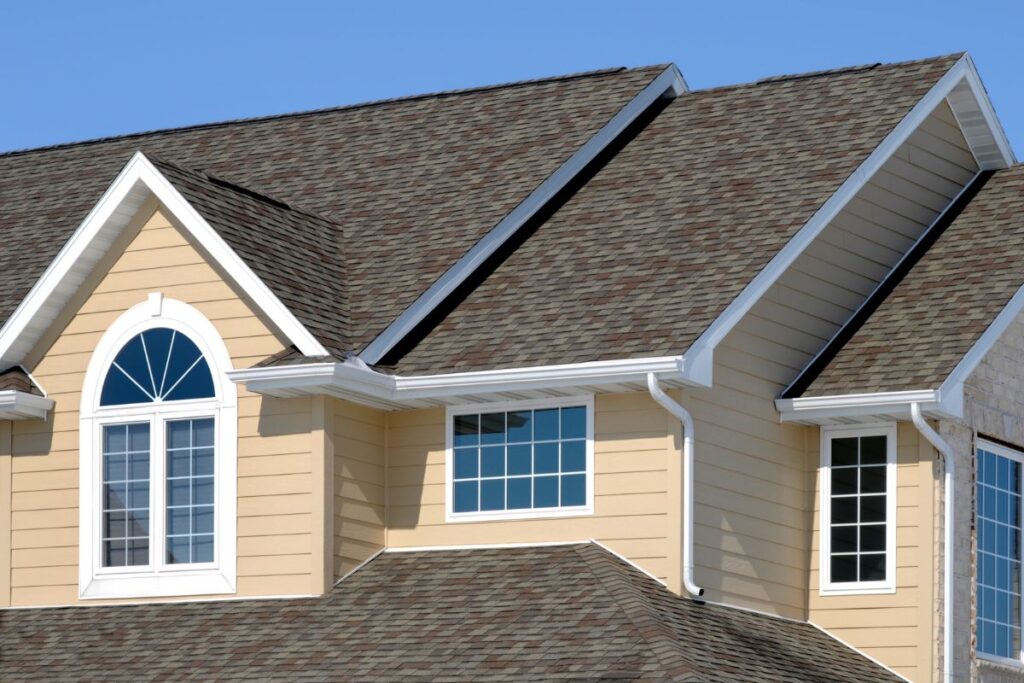Choosing the right roofing material for your home is a significant decision that can affect your home’s aesthetics, durability, and maintenance requirements. With a range of options available, it can be overwhelming to decide what’s best. This blog post will guide you through key considerations when choosing a residential roofing material.
- Aesthetics
Different roofing materials offer unique styles and aesthetics. Metal roofs give a sleek, modern look while slate and wood shingles add a rustic, traditional feel. Consider what fits best with your home’s architectural style and your personal preferences.
- Durability
Roofing materials have varying lifespans and durability. Metal roofs can last up to 70 years, while asphalt shingles typically last between 15 and 30 years. Consider how long you plan to live in your home and how often you’re willing to replace the roof.
- Climate
Your local climate is an essential factor to consider. Some materials, like metal or slate, are excellent for snowy or rainy climates as they shed water and snow quickly. If you live in a hot, sunny area, you might want to consider tile roofs which are excellent at reflecting heat.
- Maintenance
Some roofing materials require more maintenance than others. Wood shingles, for example, require regular cleaning and treatment to prevent rot and insect damage. On the other hand, metal roofs require very little maintenance. Assess how much time and effort you are willing to invest in roof maintenance.
- Cost
Roofing materials can vary significantly in cost. Asphalt shingles are often the most affordable option, while materials like slate and copper are on the higher end of the price spectrum. Consider your budget, but also keep in mind the long-term costs associated with maintenance and lifespan.
- Sustainability
If you are environmentally conscious, consider the sustainability of the roofing material. Metal roofing, for instance, is often made from recycled materials and can be recycled at the end of its life.
- Installation Process
Some roofing materials are heavier or more complicated to install than others. This can affect the installation cost and time, and in some cases, your home’s structure may need reinforcement to support the weight of certain roofing materials.
Choosing the right roofing material is an essential part of maintaining the integrity and aesthetics of your home. Always consider seeking professional advice to ensure you make the best decision based on your specific circumstances and residential roofing needs.


